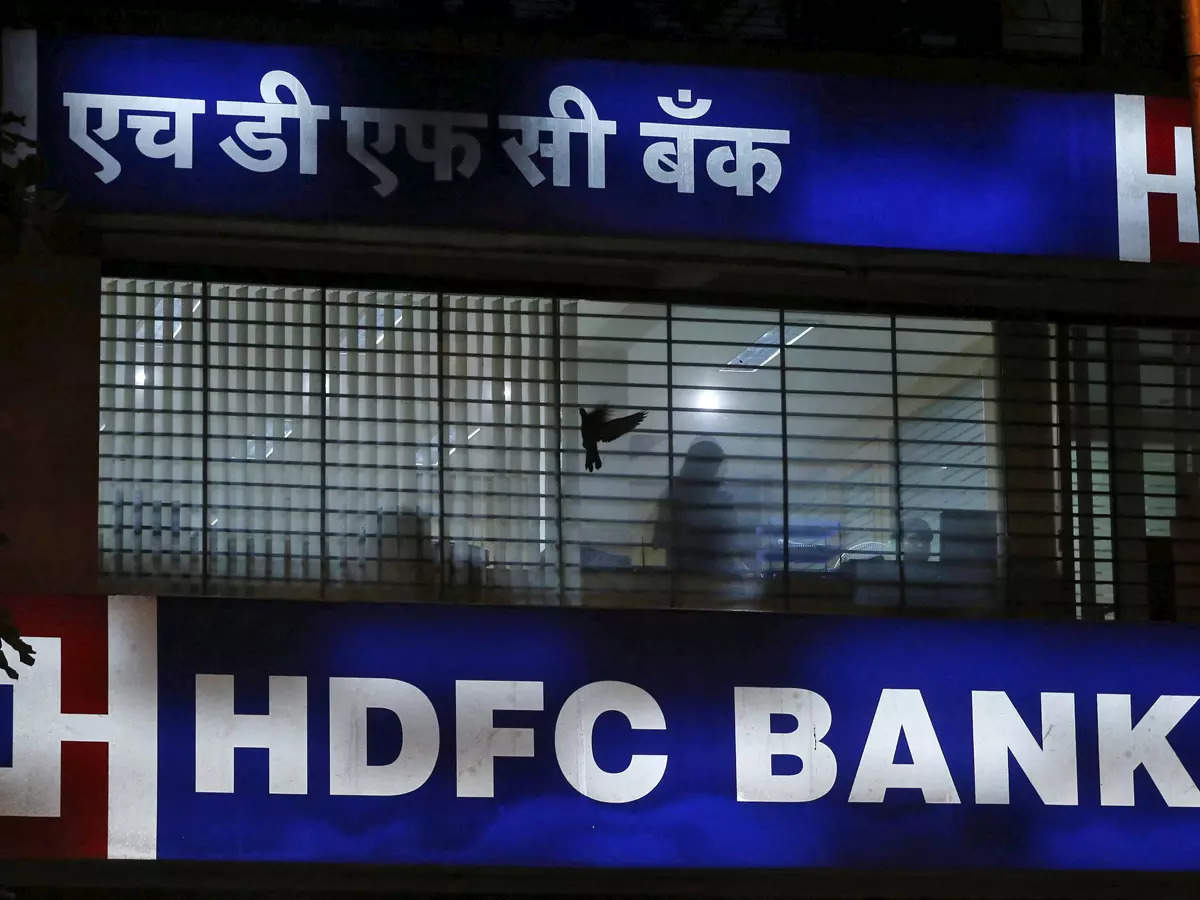[ad_1]
In an era when Indian lenders were funding projects worth thousands of crores to secure quick growth, Aditya Puri’s HDFC Bank was chasing thousands of individual salaried men to fund their car and mobile phone purchases.
His belief was that someone with a regular income who borrows to buy a car or spends to buy a refrigerator with his credit card is more trustworthy and pays a higher interest than billionaire industrialists who build unviable plants in funding structures that were skewed against lenders.
Because of lending to individuals who pay more than those who build roads or power plants, HDFC Bank for years reported a net interest margin (NIM) – the sole profitability metric for a lender – of more than 4 percent. That was the best in the industry by a country mile: Peers barely managed 2 percent – sometimes, even less.
But it wasn’t just that. The realisation that lending from deposits was a lot more stable and lucrative than borrowing from the fickle market helped HDFC Bank have nearly half the funds generated from low-cost deposits.
The combination of retail lending and low-cost deposits, when the industry was chasing corporates and wholesale funding, aided HDFC Bank’s industry beating growth and profitability that led to its premium valuations of more than 4 times its book value.
Today, it is trading at about 2 times its price to book for the fiscal year ahead, the lowest in a decade, thanks to a 15 percent crash in stock price after the December quarter earnings. What changed between September and December? Its gross bad loans are at 1.3 percent and net bad loans are at 0.31 percent. Probably, not much has changed.
“For any broader pickup in NIM going ahead, HDFC Bank needs deposit growth to significantly outpace loan growth in order to reduce wholesale borrowings in funding mix, which is not the current trend and will stay a challenge,” says Param Subramanian, analyst at Nomura Securities.
Despite that, Jefferies analyst Prakar Sharma forecasts 16 percent on year growth in loans, 17 percent rise in deposits and per share earnings to rise 10 percent to Rs. 95 – not a bad deal for the biggest lender in the country by market vaue.
How did HDFC Bank, known for its profitability, land in this position? It may, perhaps, be time to look at the merger of parent Housing Development Finance Corp., a business that yielded low returns while containing bad loans.
“The retail unsecured is an extremely profitable product, and we like it,” Srinivasan Vaidyanathan, Chief Financial Officer at HDFC Bank said in an investor call. “And one of the best scorecards we believe we have. If you look at the delinquency profile on that, it’s fantastic. The delinquency profile, the NPA profile is better than the secured book that we have.”
Unfortunately, it would have less funds than in the past to grow that `fantastic’ business comprising credit cards and personal loans while it replaces thousands of crores of borrowings of HDFC that funded secured home loans but yield far less. Not that this was unknown when the merger was announced in 2022, but some investors have woken up 20 months later.
Its credit-to-deposit ratio is at 110 percent and needs to be brought down to an acceptable 75 percent or so for better risk management. That puts its growth and profitability under question. Its low-cost deposits, the so-called CASA that used to be about half its deposit base, is now down to 38 percent.
Because of the absorption of the huge low yielding mortgage book of HDFC, the merged entity’s metrics look dull. The unsecured loan, which was 41 percent, has fallen to about 22 percent after the merger.
Financial metrics that stood out in the industry gave it a premium valuation that was competitors’ envy. Now that it resembles its peers, the valuation may also remain aligned.
[ad_2]
Source link
